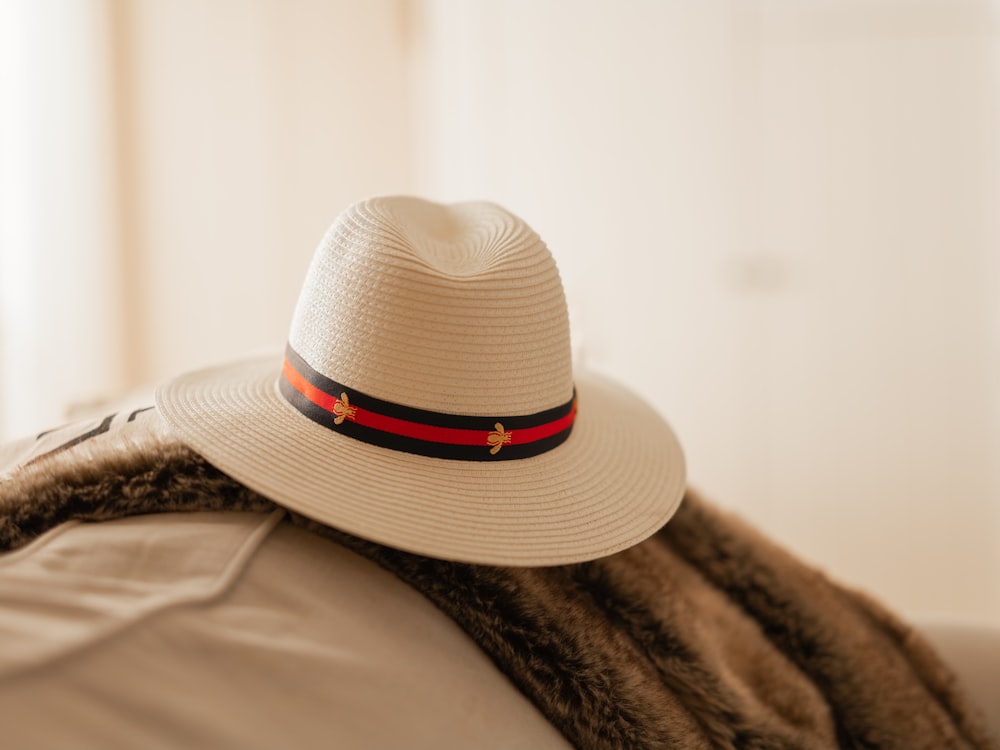How to Wash Natural Fur?
People investing for the first time in nature’s finest insulator often ask how they should wash natural fur. And the answer is simple: you don’t wash fur. So dispel all thoughts of throwing your real fur in the washing machine, or even giving it a good soak in a bowl of lukewarm water. And don’t take it to a dry cleaner either.
But just like any item of clothing, furs get dirty, so what should you do? Let’s say we’re dealing with the fur of a true seal, like a harp or ringed seal, but the rules apply to some degree to all fur types.
Seal fur garments can last for decades, often being passed from one generation to the next. But to achieve this, good maintenance is key. Here are some tips, but how strictly you follow them is up to you.
Wearing Season
Most people only wear their furs in cold weather, which means winter, and in northern climes, parts of autumn and spring too. For the rest of the year, furs are typically stored. But there are maintenance needs all year round, so let’s deal first with maintenance while you’re actually wearing your fur.
- Brushing or wiping: Most fur types have a layer of dense underfur beneath a layer of shiny guard hairs. This underfur can be a magnet for dust and abrasive dirt particles, and can be gently brushed or combed every month or so. A dog brush or comb will do fine.Seal fur, however, has no underfur, which means the guard hairs sit right up against the leather. This is why it’s called a “flat fur”, along with others like goat and antelope. So seal fur doesn’t really need brushing or combing, but if a passing car spashes you with mud, wiping it with damp cloth should do the trick.
- Soaking wet?: The oil content and structure of seal fur make it one of the most water-resistant of all furs, but it’s not waterproof. So if you’re wearing your seal fur jacket and get caught in the rain, shake most of the water out, then hang it to dry in a well-ventilated room, avoiding direct heat like a radiator. However, if you fall through the ice and get thoroughly soaked, consider taking it to your furrier for professional care – after you’ve taken care of yourself, of course!
- Avoid slush: Talking of getting wet, when wearing your seal fur boots, try to avoid slush and puddles. Known as mukluks or kamik, these boots will keep your feet toasty warm at temperatures way below zero, especially if you use three layers – inner felt slipper, inner boot with the fur facing inwards, and outer boot with the fur facing outwards. But if they get soaked through, remove the felt and simply dry them at room temperature. Again, avoid exposure to direct or excessive heat as this will damage them.
- No alcohol-based products: No one cares what you smell like when you’re hiking through the woods! But for that special date, you might be tempted to spray your fur with perfume or hairspray. Don’t. These products frequently contain alcohol, which will dry out the leather and stiffen the guard hairs.
Off-Season Storage
So what should you do with your fur during the months when you’re not wearing it? Basically, you have two choices – or a combination of both, depending on your budget, mood, or whatever. One choice is to entrust your fur to a professional storage service, which many furriers offer. Special storage rooms have controls for temperature, humidity, and light, thus preventing your valuable investment from drying out or oxidizing. Your furrier can also take the opportunity to give your fur a good clean, and make any repairs that are needed. Your second choice is to store your fur at home.
Which choice you make can depend on several factors.
For example, if you own a $20,000 full-length chinchilla, professional storage is the best way to keep it in tip-top shape. Chinchilla fur is expensive, hard to clean, the hairs are very fine, the leather is comparatively fragile, and it’s a fashion statement so it must look great.
But if you wear a $3,000 seal fur jacket to go ice-fishing, not clubbing, you’re far more likely to store it at home. Seal fur is affordable, simple to clean, the hairs are strong, and the leather is extremely durable.
If you opt for professional storage, you don’t need to worry about the details. After all, you’re paying for the privilege of not having to worry. But if you opt for home storage, here are some tips to follow.
- Avoid sunlight. Of course, you can wear your seal fur on sunny days, but storing any fur in sunlight can change its color – and not always in a nice way! A beaver fur that looked black when you bought it can take on a reddish hue, that some people quite like. But seal fur is less forgiving. Harp seal fur, for example, should be a striking silver with black motifs but leave it in a window all summer and it might turn a sickly yellow.
- Hang it right: When hanging a fur coat in your closet, always use a sturdy hanger with broad shoulders. Flimsy wire hangers are a no-no.
- Allow closet space: When hanging furs, make sure there is a little space between them. This allows air to circulate and stops the leather from drying out. It also avoids compressing the hairs, which can cause wear and broken hairs over time. For the same reasons, never hang your fur in a bag. Plastic bags cut off air circulation, and even cloth bags can cause wear.
- No moth balls: By all means, take steps to make sure your closet is free of clothes moths, as they love furs and all other animal fibers. But moth balls are not the way to go. The gas created when moth balls react with moisture in the air can cause irreparable damage to your fur – plus there will be a lingering odour.
- No cedar-lined closets: Lining closets with cedar is very popular these days because of the wood’s therapeutic aroma, and because it absorbs moisture, discouraging mould and mildew. But precisely because cedar absorbs moisture, it should not be used for storing furs as it will dry the leather out.
Last but by no means least, whether in winter or storage season, if disaster strikes, never wash natural fur. If you’re crossing a dairy farm on your way to your favorite ice-fishing hole, and fall into a frozen sewage runoff, take your fur to a professional. Or buy a new fur!






